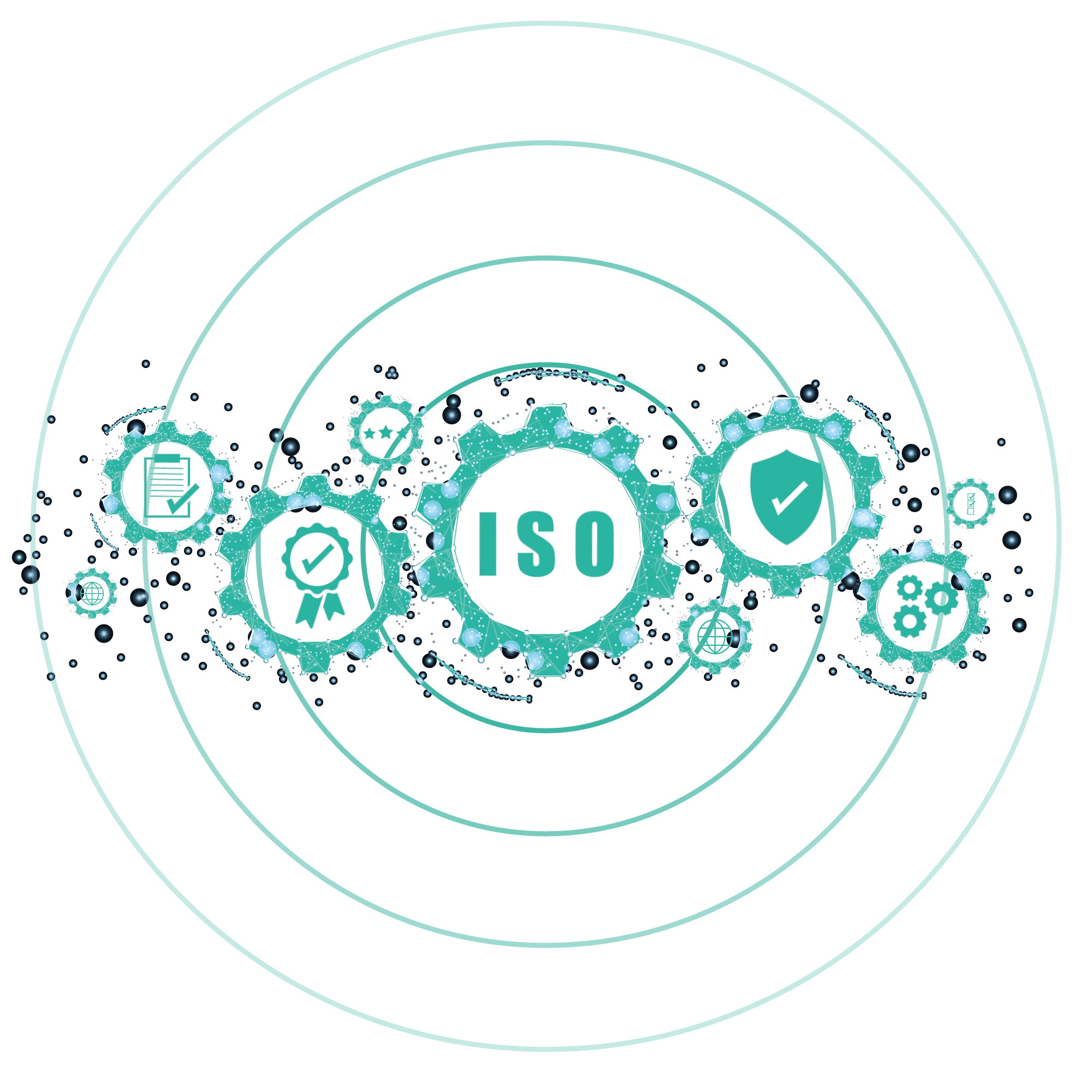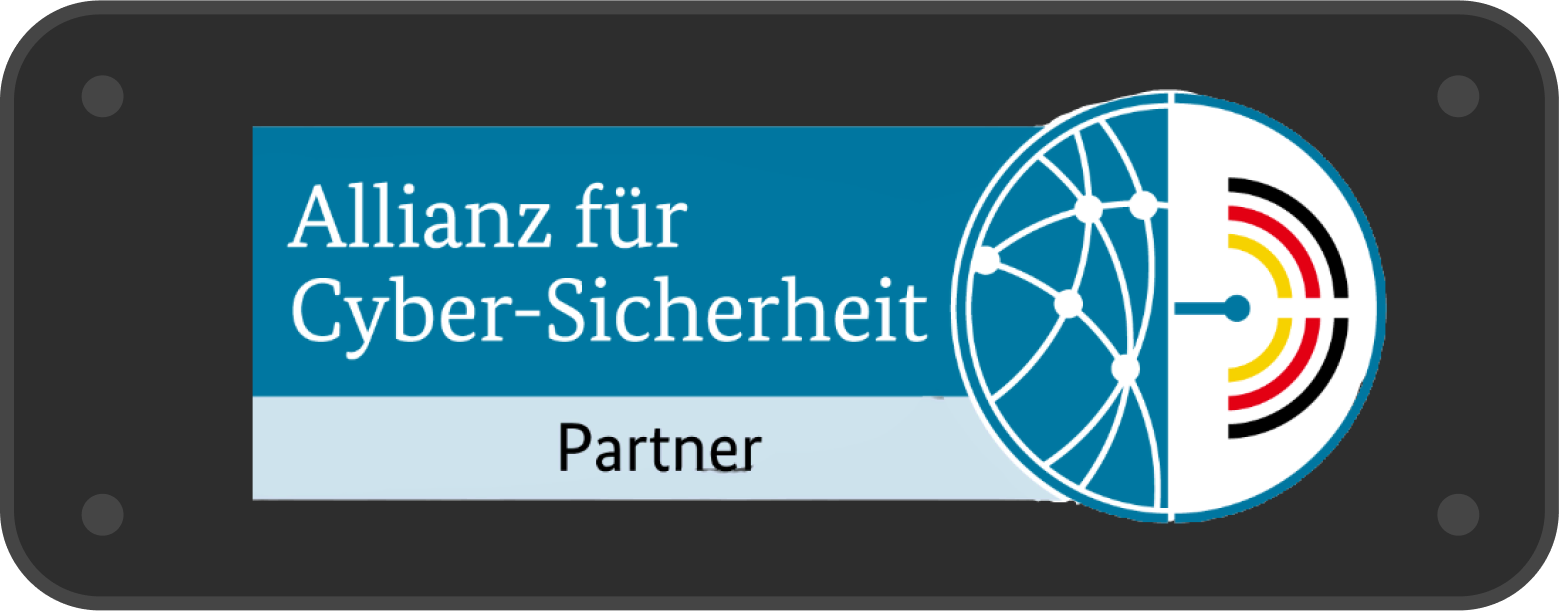Security concept, audit & implementation
YOUR EXPERTS FOR THE ISO 27001
YOUR EXPERTS FOR THE ISO 27001
With the ISO/IEC 27001 certification, you demonstrate the proper design of an information security management system (ISMS) in your company. The advantages of such certification are numerous. The original text of the standard is rather unwieldy. We provide you with expert and professional advice on the requirements and are happy to support you with the implementation.

Areas of application for ISO 27001
What information do you want to protect in your company, organization or institution? That is the key question.
The ISO 27001 specifications do not specify any fixed areas of application for information security per se. Instead, the standard requires you to define (at least) one area of application yourself.
You therefore decide for yourself in which areas of your company you want to implement the ISO standard and determine the relevant topics. These may primarily be external factors such as security updates for your software, innovations in data protection, cyber attacks or new security technologies. However, internal topics are just as possible, e.g. securing data and information in the home office, a secure in-house WLAN or the security of production facilities.
ISO 27001 can be used company-wide or limited to specific processes, departments or teams. The requirements of the standard demand that you take into account the interests of all groups involved and coordinate the management of information security accordingly.
To determine the scope of ISO 27001 in your company, you need to analyze which specific threats exist, which areas in your organization are affected and which requirements need to be taken into account in order to protect them.
Important: ISO 27001 requires the creation of a document in which you define the scope of application.
Benefits of ISO 27001 Certification for Your Business
What is the value of a complex, automated network monitoring system if the door to your data center is not locked? The preparatory work for certification already provides you with important insights into central procedures and processes.
As ISO 27001 also prescribes internal controls and regular audits, a positive error culture is implemented: security deficiencies are rectified immediately and constant optimization ensures a high level of data security in your company. This flows into your customer relationships as direct added value – as a marketing asset and unique selling point, but also as a basis for trusting cooperation with business partners.
Your internal organization is also strengthened by the enforced definition of roles and responsibilities; this is especially true for companies that have grown considerably.Last but not least, consistent enforcement of data security in the company also ensures a long-term reduction in costs – on the one hand through fixed processes that can be used as an efficient guide for recurring procedures, and on the other hand through the avoidance of security-related incidents. Whether it’s a failed telephone system or a warning for non-compliance with data protection guidelines, such unplanned costs can be considerable.
Benefits of ISO 27001:
- Continuous information security
- Compliance (proof of legal requirements)
- Safety as a corporate culture
- Marketing strategy
- Cost reduction
- Risk minimization
- Reduction of liability
- Worldwide recognition
Typical handover objects in IT emergency management are essentially the required documents from BSI Standard 100-4, the guideline for emergency management (if applicable as a guideline in the ISMS):
- the emergency preparedness concept
- the Business Impact Analysis (BIA)
- the risk analysis
- the emergency manual
In addition, an exercise manual, an exercise plan, exercise concepts and protocols as well as a training and sensitization concept for your company are created. Reports, logs and other recording aids also serve as supporting documents or bases for decisions.
The emergency plans provided also give you specific instructions for action with the aim of minimizing possible downtimes of your IT systems and IT applications so that regular operations can be resumed promptly in the event of a malfunction.





